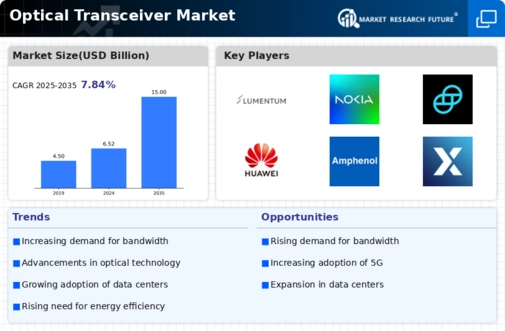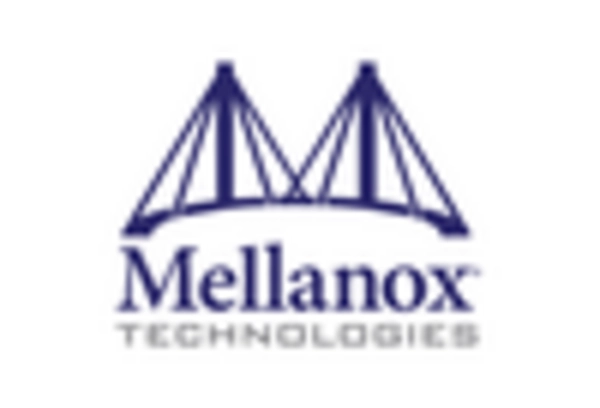Market Analysis
In-depth Analysis of Optical Transceiver Market Industry Landscape
The optical transceiver is a market that's particularly dynamic and rapidly changing within the broader telecommunications and data-comm industry. Different factors combine to create the dynamics of this segment, and they all work together in shaping its course and growth. One of the major driving forces for rapid growth in demand is high-speed data transmission together with rapidly growing telecommunications networks around the world. Widespread adoption of cloud services and the growing number of data-heavy applications have raised demand for efficient, high bandwidth communication networks. This data tsunami hasincreased the need for optical transceivers, which are key to transmitting information over an array ofhundreds or thousandsof parallel fingers. More and more businesses and consumers are relying on data-intensive services like video streaming, virtual reality applications, cloud computing or internet of things (IoT) devices. The optical transceiver market is constantly being forced to innovate its transmission technologies as a result. In addition, the already rolling out 5G networks increase that demand for optical transceivers even further. A sudden jump in data rates, low latency requirements and an explosion of connected devices mark the move to 5G networks. Such slick data transmission requires a central technical foundation, and optical transceivers that can handle high-speed reliable transmission are an important part of this infrastructure. Apart from technological breakthroughs and rising pressure for data, market forces are also manifested in rivalry and industry concentration. The optical transceiver market is dominated by a number of competitors struggling for share. As competition has heated up, there are continuous efforts to launch transceivers with still higher data rates and improved power efficiency along with those of better performance. This competition develops an environment of creativity which gives the end users sophisticated technologies and answers. Customer tastes and changing industry standards also influence the market for optical transceivers. No matter whether they are telecom providers or enterprise customers, for end-users who require these transceivers to meet current performance requirements and future scalability and compatibility needs. Standards are developed and maintained by standardization bodies in coordination with industry alliances. Good standards encourage interoperability of technologies, paving the way to greater adoption rates.
















Leave a Comment